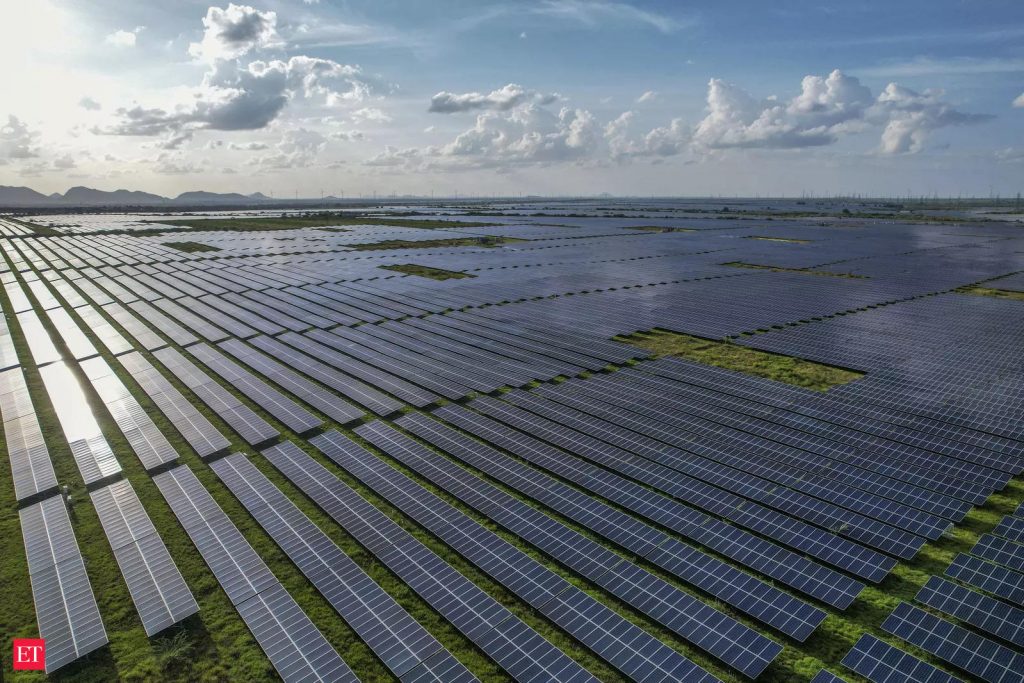The report finds that the majority of the estimated USD 34 billion savings are in China, where solar met 5 percent of the total electricity demand and avoided around USD 21 billion in additional coal and gas imports during the period.

India saved USD 4.2 billion in fuel costs through solar generation in the first half of 2022 and 19.4 million tonnes of coal that would have further stressed an already strained domestic supply, according to a new report released on Thursday.
The report by energy think tank Ember, the Centre for Research on Energy and Clean Air and the Institute for Energy Economics and Financial Analysis also analysed the growth of solar power over the last decade and found that five of the top 10 economies with solar capacity are now within Asia, including China, Japan, India, South Korea and Vietnam.
The contribution of solar generation in seven key Asian countries — China, India, Japan, South Korea, Vietnam, the Philippines and Thailand — avoided potential fossil fuel costs of approximately USD 34 billion from January to June 2022, the report said.
“In India, solar generation avoided USD 4.2 billion in fuel costs in the first half of the year. It also avoided the need for 19.4 million tonnes of coal that would have further stressed an already strained domestic supply,” the report stated.
The report finds that the majority of the estimated USD 34 billion savings are in China, where solar met 5 percent of the total electricity demand and avoided around USD 21 billion in additional coal and gas imports during the period.
Japan saw the second-highest impact, with USD 5.6 billion in avoided fuel costs thanks to solar power generation alone.
Vietnam’s solar power avoided USD 1.7 billion in additional fossil fuel costs, a sizable growth from nearly zero terawatt hours of solar generation in 2018. In 2022, solar accounted for 11 percent (14 TWh) of the electricity demand from January to June.
In Thailand and the Philippines, where the growth in solar has been slower, the avoided fuel cost is still notable, the report said.
While solar only accounted for 2 percent of Thailand’s electricity in the first six months of 2022, an estimated USD 209 million of potential fossil fuel costs were avoided, it added.

